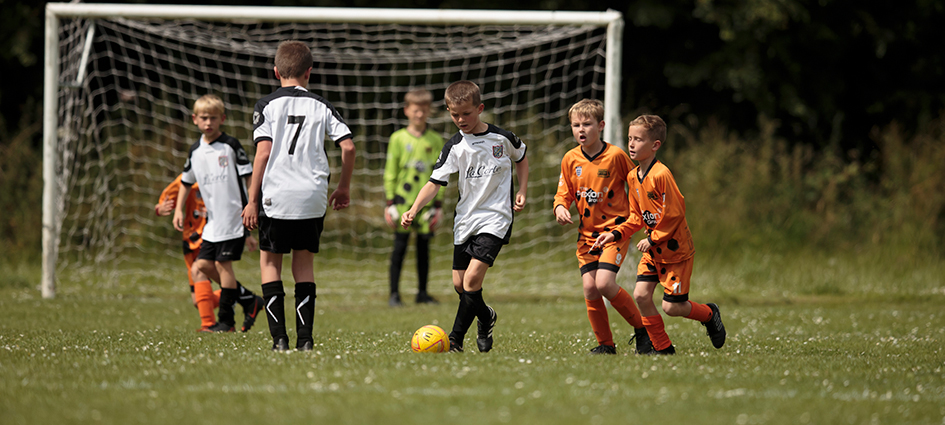Effective practice design

How to use match scenarios in your session
- Martin Dighton
- 26 September 2019
FA regional coach development manager, Martin Dighton, outlines the benefits of using match scenarios and player challenges in coaching sessions.
One of the challenges of being a grassroots coach is finding sufficient time to plan for your next training session.
Given many coaches are volunteers with active lives away from football, finding an opportunity to put together a detailed session plan can be difficult. When you are also nominated as head grounds-person, chief taxi driver, social secretary and goal net co-coordinator, it is even more unlikely.
In an ideal world coaches would turn up to every coaching session with a carefully considered plan built to the needs of each individual. However, when that isn't the case, there are a number of tools for coaches to utilise.
One method that can help to provide a response to the players desire to "just have a game" is the idea of match scenarios. For example:
“You are one nil down in the FA Cup Final and there’s five minutes of added time left, how are you going to save the game and come back to win?”

Match scenarios like this are a great mechanism to fuel the players enthusiasm. Scenarios can make the session more realistic and allow the players to make links to what they’ve seen on Sky Sports or Match of the Day. More importantly it gives their learning context to the real game and provides an answer when the players ask: “why are we doing this?”
Helping players to deal with winning and losing is sometimes a difficult challenge for grassroots coaches. Nevertheless, it is a key part of player development and it is crucial that players understand what role they play in helping their team to win.
Match scenarios, if framed effectively, can help players to experience realistic pressure and develop a better understanding of their role in the context and state of the game. Scenarios give players the opportunity to experience a variety of game situations including: chasing a goal, holding out for a win, playing with a player less and playing with different tactics and strategies.
Match scenarios offer many positive outcomes across The FA's 4 corner model. Using match scenarios can help players develop their techniques in pressurised situations where they need to rely and trust their technique. Physically the players have to use their agility, balance and co-ordination, sometimes to play quicker than normal and sometimes when they may be tired, and their movements need to be more precise.
Understanding of the state of the game is crucial, with players challenged to make decisions and problem solve in games whilst under pressure. Not to mention dealing with winning and losing. Scenarios offer huge social returns, with individuals having to lead, listen, collaborate with teammates, discuss plans, create strategies as well as develop their own roles and work out how to fulfil them.
However, using match scenarios is not as simple as saying one team is winning, one is losing, and then standing back to watch them play.
For match scenarios to be an effective learning tool, coaches must consider what help the players need and link the scenario to the learning focus. Some scenarios lead themselves to certain topics: holding on to a win can help players learn the importance of controlled defending and retaining possession, whilst playing with a player less can help with defending outnumbered.

Importantly, match scenarios also create many opportunities for players to plan, do and review in order to be successful in their challenge. Try to build in time for players to consider and discuss how they plan to play and the key points to remember. Once the action starts, use regular time-outs to give players time to breathe and to review in-action.
These pauses in the game give the players the opportunity to adapt strategies, help them to understand the state of the game and allow them to find their part in helping their team win. When the match scenario is over, it’s crucial that players have the opportunity to consolidate and reflect. Pose questions to your players to guide the learning: how did your plan change as you played? How would you adapt your plan for next time?
The list of possible match scenarios is huge: use recent games on TV or ask your players for ideas. There's no doubt that the players will conjure more ideas than we can come up with.
This article was first published in The Boot Room magazine in August 2015.




























